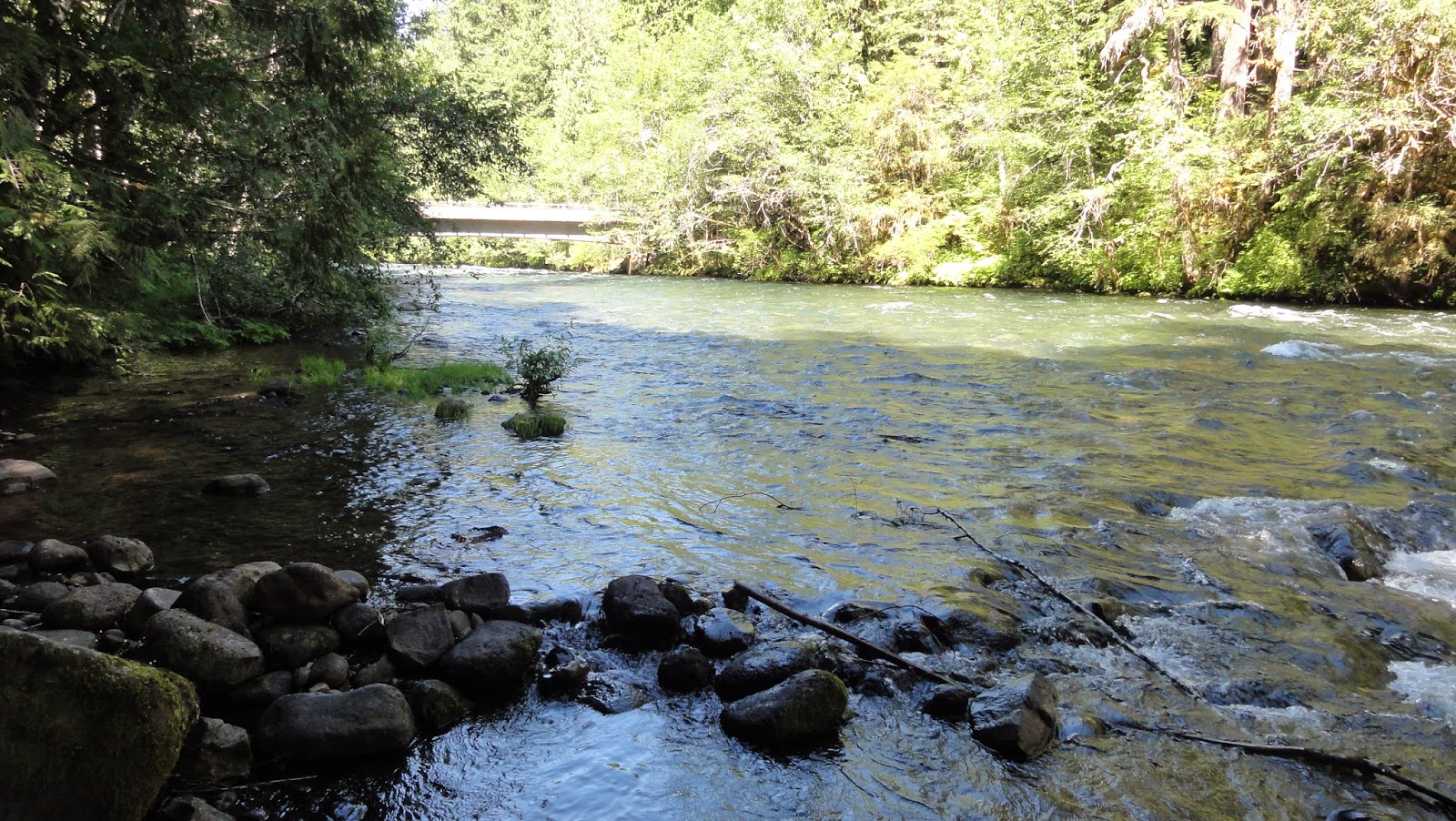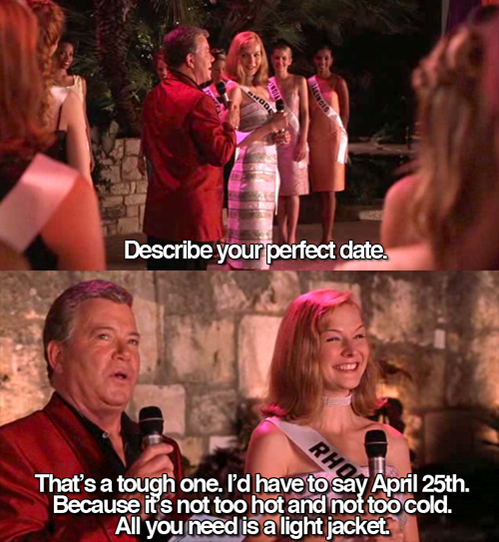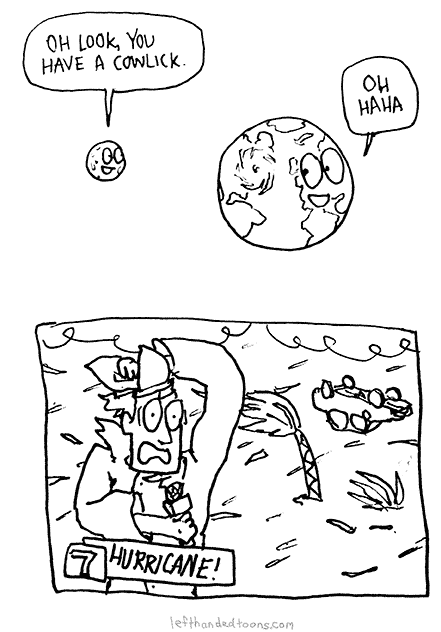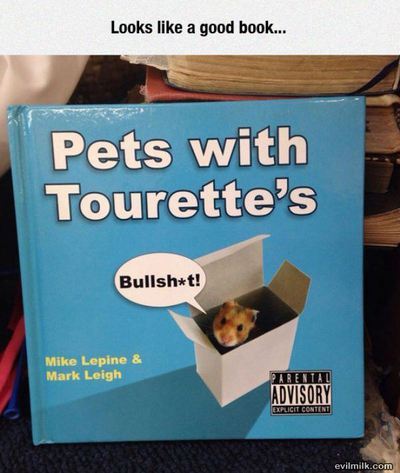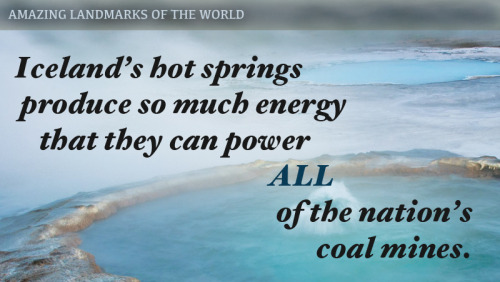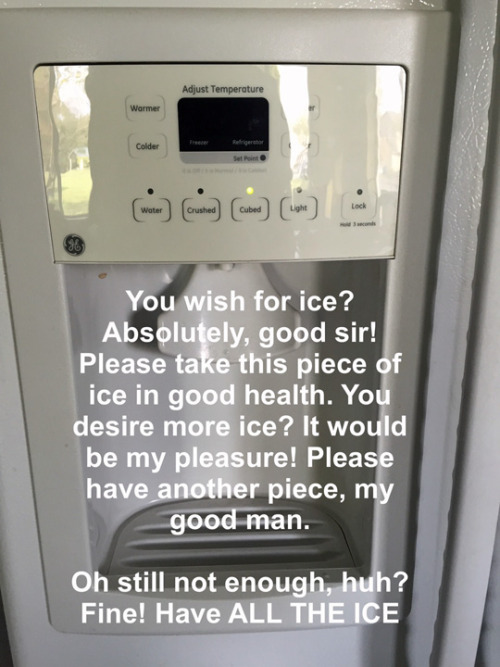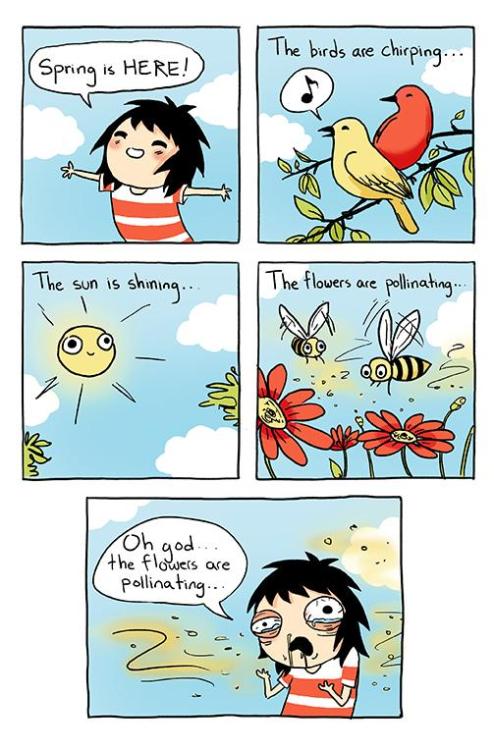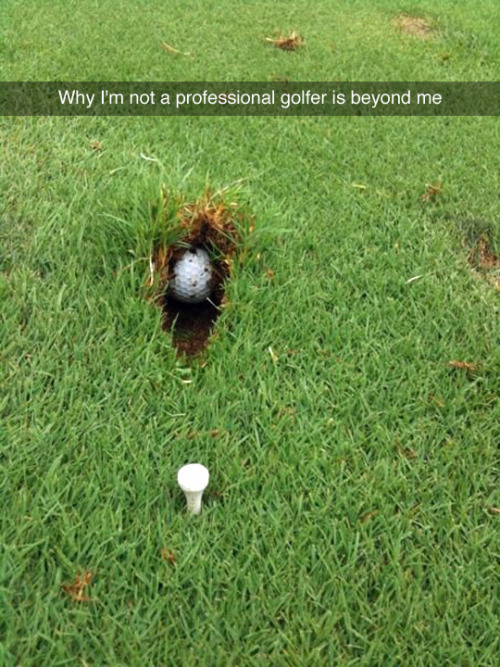Here we're looking basically perpendicularly into another pair of approximately parallel joint planes. The lens cap (52 mm diameter) is resting against the farther joint, and there a similar plane in the upper right quadrant. It should be clear, even in this shrunken format, that the rock is chock-a-block with a myriad of little holes. These are gas bubbles, referred to as vesicles, that were created as the original lava depressurized and cooled, just like bubbles forming in a carbonated drink after you pop the top on the can or bottle. The texture is called vesicular, and is quite common in volcanic rock. One might suppose that such a texture would also allow water to percolate into and through the rock, but the problem is that the bubbles (in most cases) aren't connected enough to permit flow except at very low rates- the distinction is described by "porosity" versus "permeability." Porosity refers to the amount of void space, while permeability refers to the degree that porosity permits flow-through. Vesicles increase porosity, but not permeability; joints increase both.
Photo unmodified. July 6, 2013. FlashEarth location.
Is This Your Hat?
11 years ago





